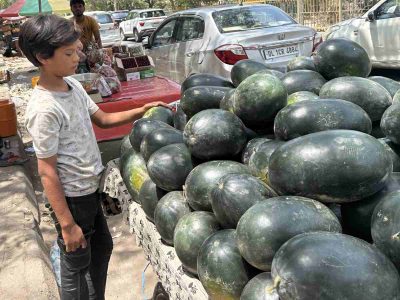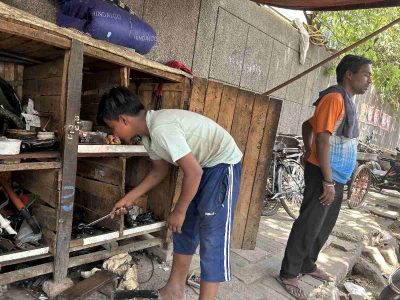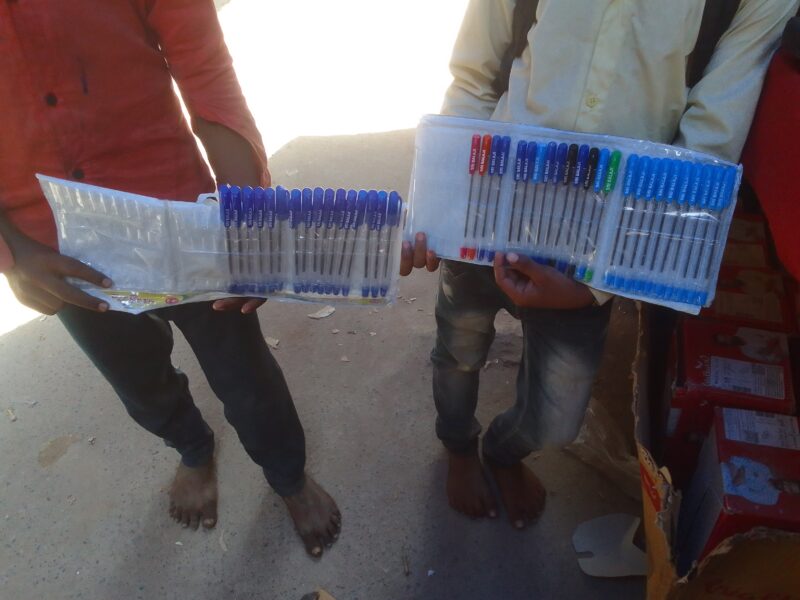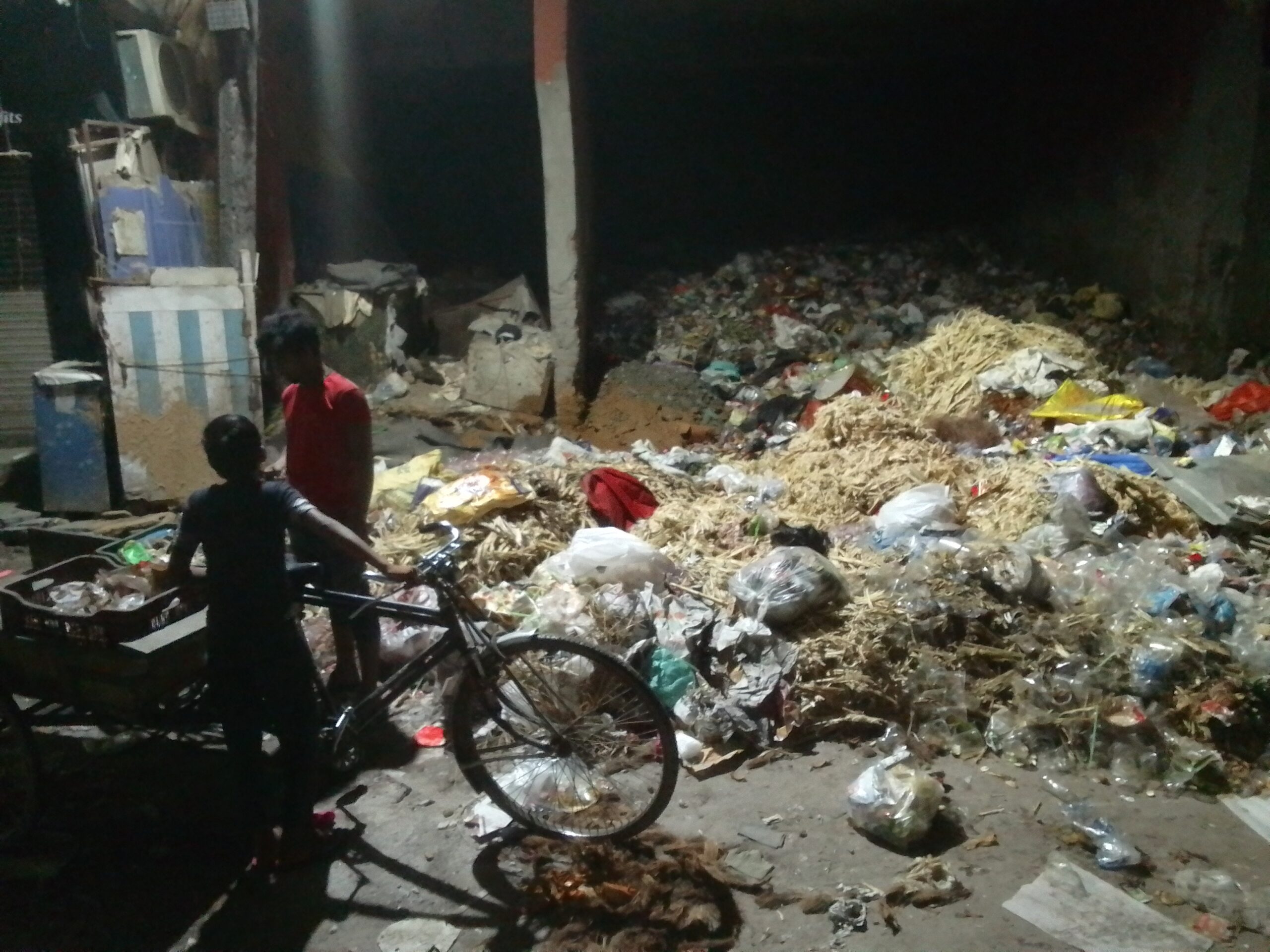Child Labour: June 12 is observed as ‘World Day Against Child Labour’ every year, but this day also serves as a sobering reminder of the city’s child labour force.
When the first rays of morning appear, Delhi’s streets come to life. Among the vendors setting up their stalls and rickshaw pullers starting their day, are children getting ready for a long day of work, their sleepy faces signifying a life of suffering that contrasts sharply with the innocence of youth.

The look on their faces, both determined and exhausted, perfectly conveys the suffering they have to undergo to support their families.
These youngsters frequently work long hours under unsafe conditions, deprived of the fundamental right to education and a carefree upbringing.

Their jobs range from hauling big items and working in factories to performing on the streets and assisting with tiny family-run shops.
Each duty presents its own set of problems and risks, highlighting the crucial need for comprehensive policies to end the cycle of child labour and offer these youngsters opportunities for a better future.
Addressing the underlying problems that force families to depend on their children’s wages as well as enforcing current child labour laws is necessary.
Who can play a role?
Poverty, lack of access to education, and insufficient social security are challenges that must be addressed to achieve long-term transformation. NGOs and community groups play key roles by rescuing child labourers, offering them education and rehabilitation.
Also Read: Lost childhoods
Community awareness initiatives can also influence community views against child labour, fostering a culture that values and protects childhood.

By putting these comprehensive safeguards in place, the society can begin to break the cycle of child labour, ensuring that youngsters working at the market have a future full of opportunities for growth, education, and a higher quality of life.





